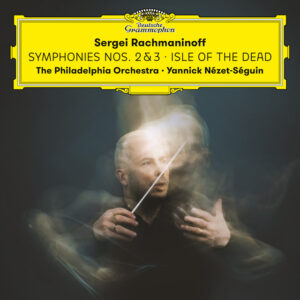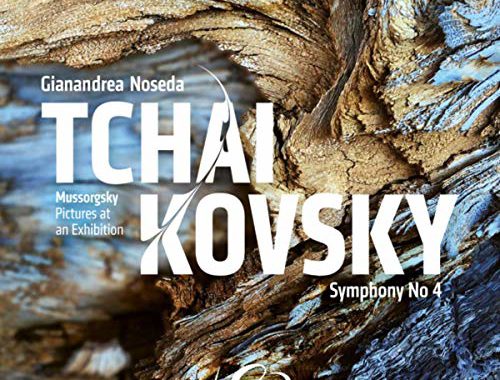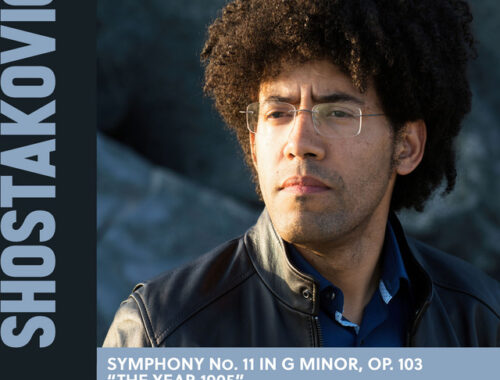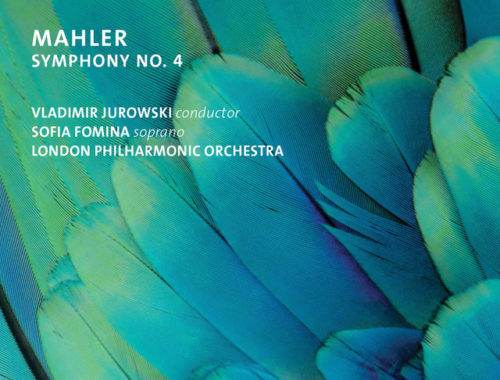GRAMOPHONE Review: Rachmaninov Symphonies 2 & 3 / Isle of the Dead – Philadelphia Orchestra/Nézet-Séguin
 As with the first instalment of Nézet-Séguin’s symphonic Rachmaninov there’s a very real sense here of this music coming home, of a sound, a style, an ethos, in playing it that somehow – subliminally – gets passed down through the generations. Rachmaninov in exile recognised the kindred spirit of that sound – the Philadelphia sound – as the perfect fit for his music and, of course, Nézet-Séguin must take credit for unlocking it once more and recognising (as did his predecessor Eugene Ormandy) that the very particularly energy of this music – not least its deep and abiding melancholy – emanates from the saturating depth and darkness of expression in the string sound.
As with the first instalment of Nézet-Séguin’s symphonic Rachmaninov there’s a very real sense here of this music coming home, of a sound, a style, an ethos, in playing it that somehow – subliminally – gets passed down through the generations. Rachmaninov in exile recognised the kindred spirit of that sound – the Philadelphia sound – as the perfect fit for his music and, of course, Nézet-Séguin must take credit for unlocking it once more and recognising (as did his predecessor Eugene Ormandy) that the very particularly energy of this music – not least its deep and abiding melancholy – emanates from the saturating depth and darkness of expression in the string sound.
I recently embarked upon a comparative radio review of recordings of the Second Symphony and in extolling once more the virtues of André Previn’s celebrated LSO account (still a great favourite) I made the point that we should never really be aware of tempo but rather a sense that this music is evolving in the playing of it and that it takes quite simply as long as it takes. That is my impression of Nézet-Séguin’s super-expansive reading of the piece and for sure it’s not without its risks. But as one get’s drawn into the long introduction and exposition (no repeat here – and I concur with that choice) the accumulative effect of his and the orchestra’s through-phrasing has a breadth and inevitability about it that positively prohibits impatience. There’s a majesty about the protracted unfolding and when the overlapping string lines eventually open everything up like an exotic bloom the dark hue I referred to earlier now acquires a refulgent sheen. Lush doesn’t begin to describe it. My ear was caught, too, by the effortlessly dovetailed rubato of the first subject and some striking low woodwind detail as we emerge from the sumptuous second subject. When that marvellous tune returns post-development Nézet-Séguin really lays bare the harmonic ecstasy that now infuses it.
This sense of music finding its own space is if anything more in evidence in the heavenly lengths of the slow movement where the smoothest and most urbane of clarinet solos shows us the way. Incidentals like the little rocking motif exchanged between cor anglais and oboe signalling the surge towards the ineffable climax here take on an expressive beauty that belies their modesty.
There is brilliance, rhythmic brilliance, aplenty in the scherzo and finale though if you want a more volatile (and perhaps more assertively Russian) account you might want to investigate Jansons and St Petersburg. For me, though, Nézet-Séguin’s extraordinary belief and patience and passion delivers something quite special. Like Previn’s LSO account, there’s just something about it. An authenticity. An in-the-moment spontaneity. And when it comes to things like portamento the big tunes of the scherzo and finale show how it is somehow in the DNA of this orchestra. You’re not even conscious of the slides being there; they are integral to the line. Nothing, absolutely nothing, sounds ‘applied’ for effect. And come the big finish the return of the big tune could not be higher in ‘swoon factor’ or indeed an overwhelming sense of ‘arriving’ with those spectacular maestoso pages.
The Third Symphony is a very different, a more capricious and exotic beast. For sure the songfulness and melancholy are there in abundance – but so too is a concision of expression and a breathtaking transparency and ‘openness’ about the scoring that is almost Ravelian. Small wonder John Wilson took to it so instinctively in his recent Chandos account. The ingenious adagio/scherzo hybrid of a second movement shows off Rachmaninov’s dual nature to great effect, the quicksilver march-cum-fugato delivered with light-catching brilliance (and a touch of militarism) in startling contrast to the heartbreaking violin melody eventually sweeping up the octave to hugely seductive effect.
But Nézet-Séguin is all too aware of the underlying sadness and regret along the way and come the finale his strings can whip up those peremptory emotional releases in a heartbeat. He also nails the frenzied coda – a real sting in its abrupt cut-off. Think Symphonic Dances.
So it almost goes without saying that the final segment of this impressive release – the Arnold Böcklin inspired, Dies irae saturated Isle of the Dead – delivers in spades the requisite inexorability and inevitability. If ever there was an authentic Rachmaninov sound, this is it. Nézet-Séguin recognises it and harnesses it. It’s not just the depth and inherently dark hues mentioned throughout this review – not least a string sound that seems to come up through and evolve from the bass lines – but the sense that everything about this piece, indeed all three pieces, is pointed towards eternity

Edward Seckerson meets JENNA RUSSELL
You May Also Like

GRAMOPHONE Review: Mussorgsky Pictures at an Exhibition & Tchaikovsky Symphony No. 4 – London Symphony Orchestra/Noseda
27/03/2019
GRAMOPHONE Review: Shostakovich Symphony No. 11 – San Diego Symphony Orchestra/Payare
10/08/2022
